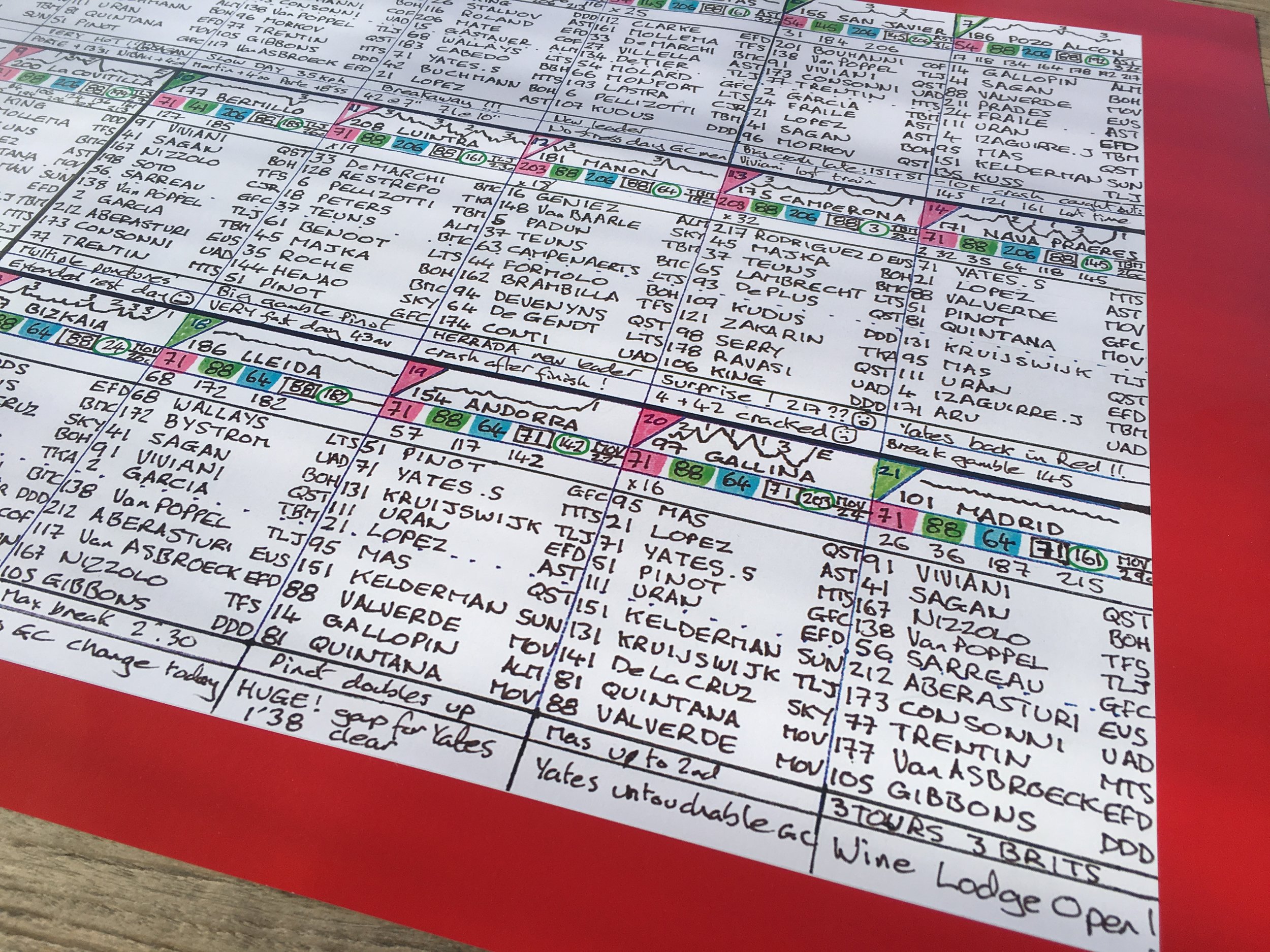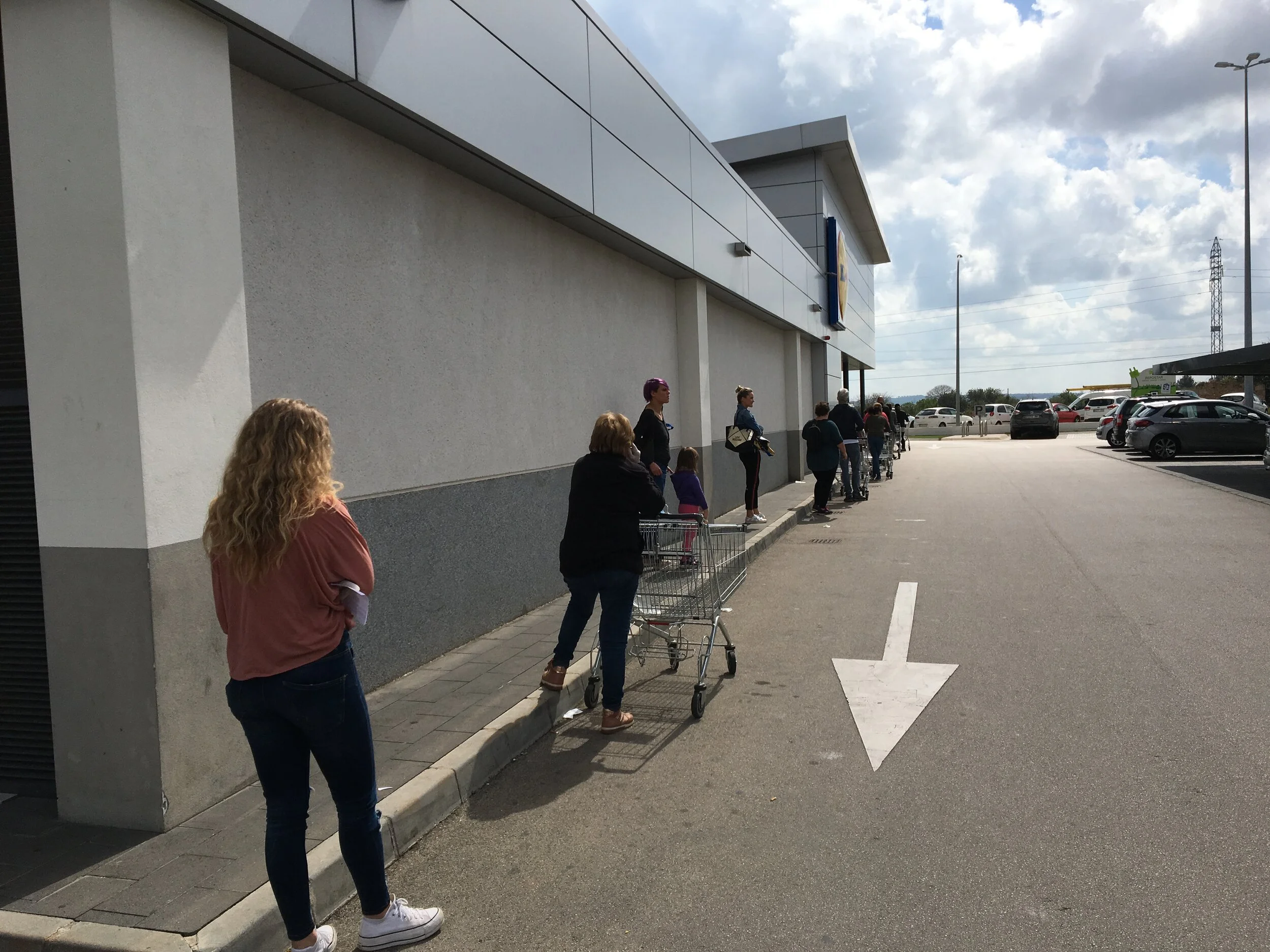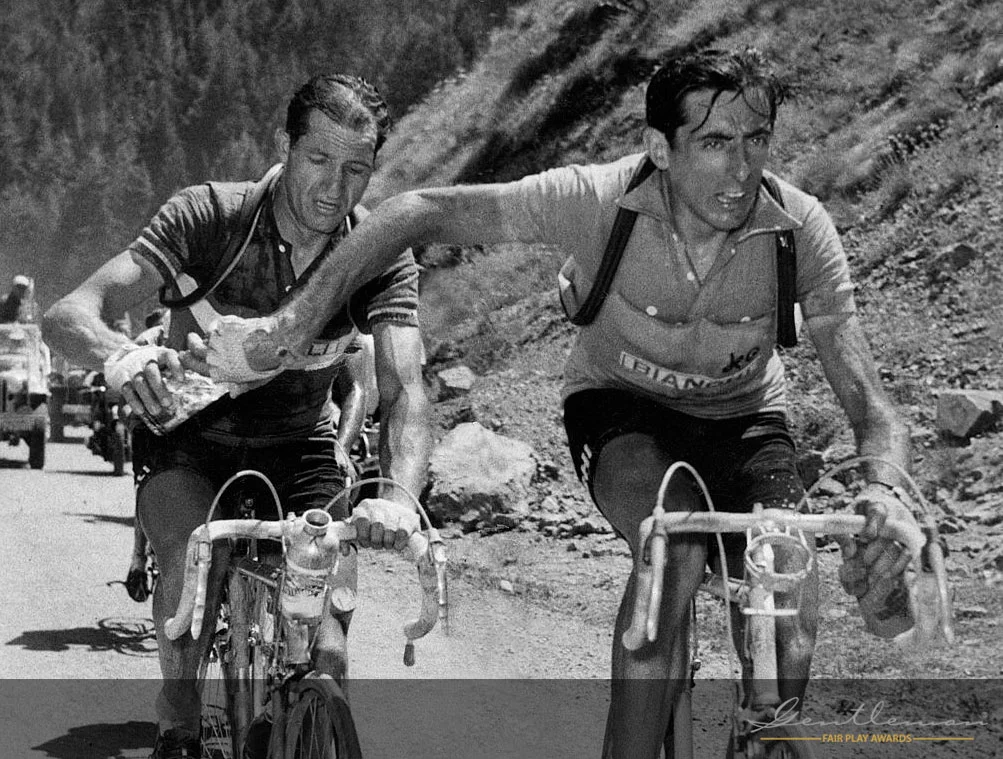As this Sunday sees the 115th edition of Paris - Roubaix we bring you an extract of Max Leonard's piece from issue 5 of Avaunt which uncovers the story of how the most infamous race on the professional cycling calendar gained its nickname ‘The Hell of the North.' He traces the history of the race from the first edition in 1896, across the battle-scarred landscape of northern France, to the present day.
Photo from Bibliothèque nationale de France
Roubaix is perhaps the toughest and most beautiful of the Classics – the great one-day races that open and close the road cycling season in Europe. Known for the unique chaos of its pavés – stretches of often poorly maintained cobblestone farm tracks that lead for kilometres through the fields and forests of northern France – Paris-Roubaix demands daring, strength and luck. At any moment a wrong move can lead to a race-ending fall, broken bones and career-threatening injuries. Founded in 1896, the race quickly acquired a reputation for being a bit ‘rough and tumble’, but it wasn’t always so feared.
The first-ever Paris-Roubaix left Paris at dawn on the 19th of April and took an unusually direct route over rutted, potholed tracks and 50 kilometres of cobbles to the velodrome at its finish. But it was only 280km long – small beer in those days when long-distance events like the 560km, 21-hour-long Bordeaux-Paris were in vogue. Though the patenting of Tarmac in 1901 would revolutionise road surfaces, until then even the best racing took place on bumpy, dusty surfaces. For the 48 men on that start line, it was business as usual. It was only in 1919 that the legend really took hold. 1919 was the first edition of the race after the devastation of World War I. In the intervening five years much of northern France and Belgium had been reduced to a waste-land.
Photo from Bibliothèque nationale de France
The war had also exacted a heavy toll on the professional peloton. François Faber, a Luxembourgian rider who had won in Roubaix in 1913, as well as the 1909 Tour de France, had been killed in fighting near Arras in 1915; George Passerieu, the so-called ‘English Parisian’ thanks to his country of birth, who won in 1907, had been gassed in the Somme and the race’s big star, Octave Lapize, who won a hat-trick of races between 1909 and 1911, had been shot down and killed in a dogfight with the Germans in 1917.
Nevertheless, there was a strong feeling that the show must go on, that normal life must, somehow, resume, and so the newspaper that organised the race dispatched a journalist and a famous rider, Eugène Christophe, in a car to check the course. They returned with an image of absolute devastation. Cycling historian Les Woodland translates the report thus: “The countryside was nothing but desolation. The shattered trees looked vaguely like skeletons, the tracks had collapsed and been potholed or torn away by shells. The vegetation, rare, had been replaced by military vehicles in a pitiful state. The houses of villages were no more than bare walls. At their foot, heaps of rubble. Eugène Christophe exclaimed: ‘Here really is the Hell of the North’.”
Avaunt Magazine Issue 5
To read the full article go to https://www.avauntmagazine.com/adventure/hell-of-the-north.
The Men of Paris-Roubaix is avaliable to buy from Isola Press here:
http://isolapress.com/The-Men-of-Paris-Roubaix-





























































